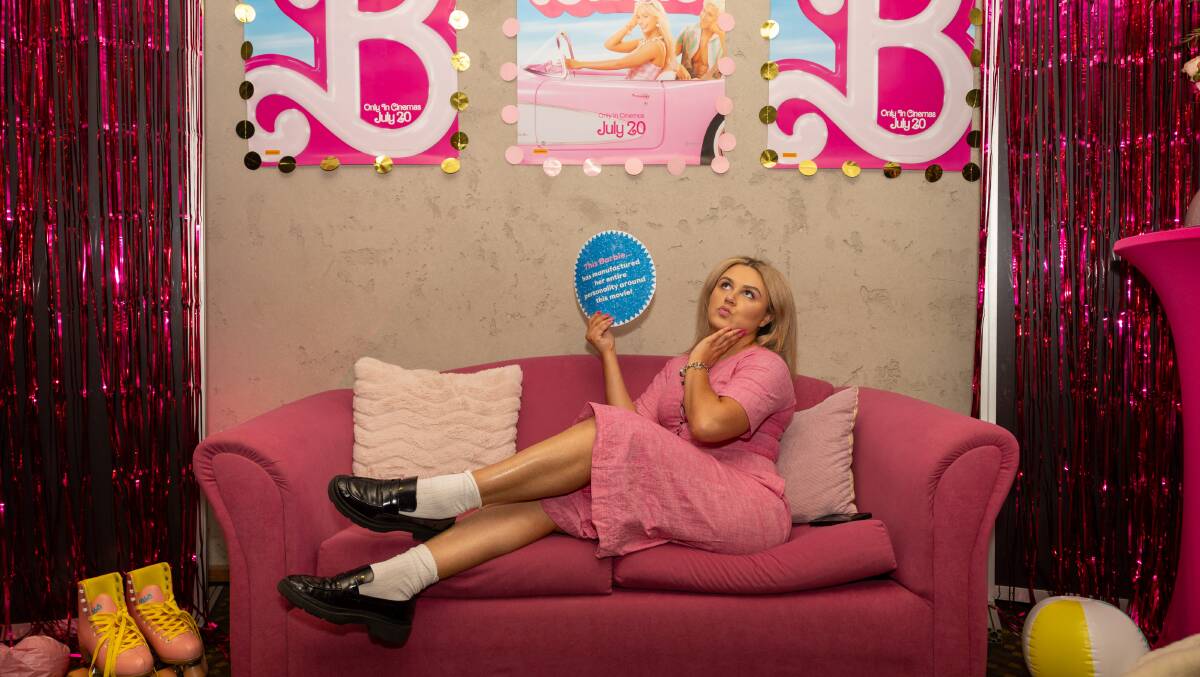Households are spending up on major events and experiences like the FIFA Women's World Cup and the Barbenheimer phenomenon while simultaneously cutting back sharply on haircuts, travel, new clothes and other discretionary purchases as they adjust to the increasing pressure on family budgets.
A detailed snapshot of consumer spending compiled by the Commonwealth Bank using purchase and payments data from 7 million customers shows how people are responding to high inflation and interest rates.

According to the Commonwealth Bank's Household Spending Insights index, which was launched on Monday, Barbenheimer fuelled a 65 per cent spike in cinema sales last month while splashing out at restaurants and on fast food helped drive a solid 2.6 per cent lift in hospitality spending.
But, in a sign of shifting priorities, purchases of household goods and services such as clothes and shoes, furniture, hardware, hairdressers and beauty salons are declining, as is spending on travel, gyms, pet care and other recreation items and activities.
Outlays on essentials, meanwhile, are up significantly from a year earlier. Spending on insurance has soared 13.2 per cent in the past year, followed by education (9 per cent) and health (8 per cent).
Overall, the index found crunched households are increasingly being forced to devote more of limited budgets to pay for essentials, with annual growth in spending slowing to just 1.3 per cent in July, down massively from a growth rate of 19 per cent a year ago.
Commonwealth Bank chief economist Stephen Halmarick said the findings provided "powerful insights ... at a critical time for the country".
"The effects of interest rate increases are clearly reflected in a significant overall slowdown in household spending," Mr Halmarick said.
"Monetary policy is now restrictive and financial conditions will continue to tighten in the months ahead. We expect household spending to weaken further over the remainder of 2023 and 2024."
The index's findings add weight to the assessment of outgoing Reserve Bank of Australia governor Philip Lowe, who last Friday said that spending had softened.
"Many households are facing a painful squeeze on their budgets and consumer demand has slowed considerably, not least because high inflation is eroding people's real incomes," Dr Lowe said.
READ MORE:
The governor said consumer behaviour was part of a "complicated picture" for the economy, and would be a significant factor in determining whether interest rates need to go higher.
The RBA has held its official cash rate steady for the last two months and Mr Halmarick tips it to stay at 4.1 per cent for an "extended period".
But, in a brighter prospect for borrowers, the Commonwealth Bank economist expects rates to start coming down from March next year and eventually settle at 2.6 per cent in mid-2025.


